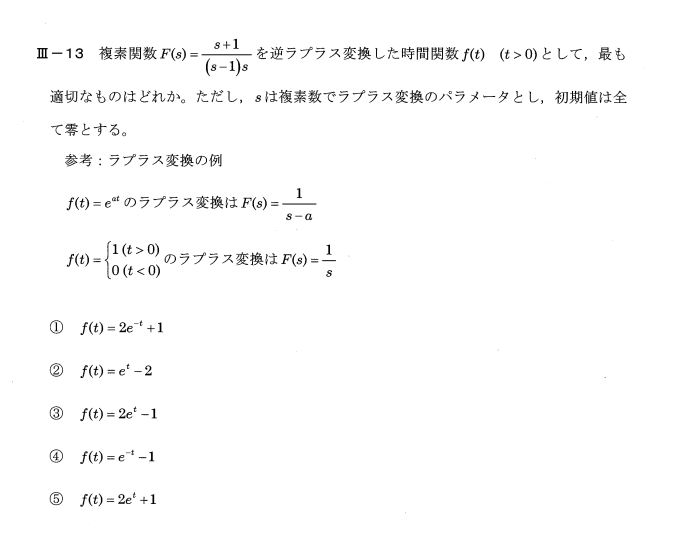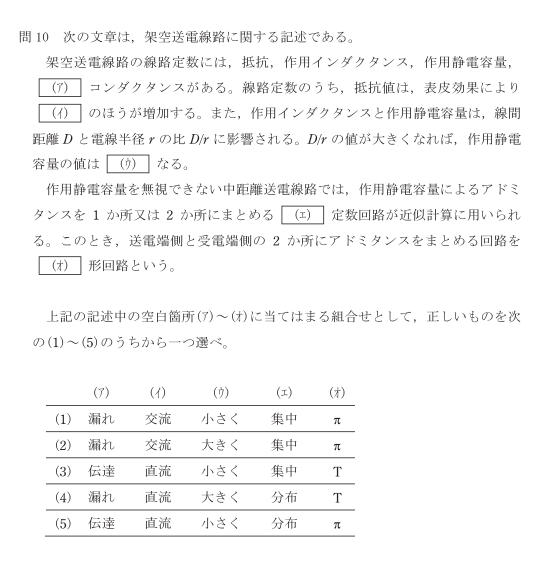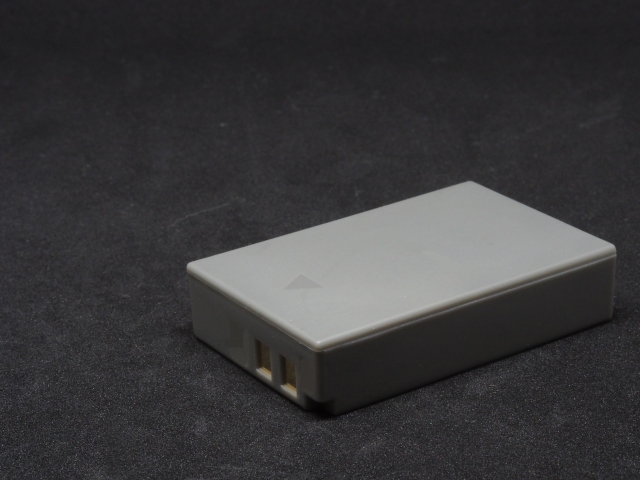■Astronomers have discovered that there may be a missing ingredient in our cosmic recipe of how dark matter behaves.
They have uncovered a discrepancy between the theoretical models of how dark matter should be distributed in galaxy clusters, and observations of dark matter's grip on clusters.
Dark matter does not emit, absorb, or reflect light. Its presence is only known through its gravitational pull on visible matter in space. Therefore, dark matter remains as elusive as Alice in Wonderland's Cheshire Cat – where you only see its grin (in the form of gravity) but not the animal itself.
One way astronomers can detect dark matter is by measuring how its gravity distorts space, an effect called gravitational lensing.
Researchers found that small-scale concentrations of dark matter in clusters produce gravitational lensing effects that are 10 times stronger than expected. This evidence is based on unprecedentedly detailed observations of several massive galaxy clusters by NASA's Hubble Space Telescope and the European Southern Observatory's Very Large Telescope (VLT) in Chile.
Galaxy clusters, the most massive structures in the universe composed of individual member galaxies, are the largest repositories of dark matter. Not only are they held together largely by dark matter's gravity, the individual cluster galaxies are themselves replete with dark matter. Dark matter in clusters is therefore distributed on both large and small scales.
"Galaxy clusters are ideal laboratories to understand if computer simulations of the universe reliably reproduce what we can infer about dark matter and its interplay with luminous matter," said Massimo Meneghetti of the INAF (National Institute for Astrophysics)-Observatory of Astrophysics and Space Science of Bologna in Italy, the study's lead author.
"We have done a lot of careful testing in comparing the simulations and data in this study, and our finding of the mismatch persists," Meneghetti continued. "One possible origin for this discrepancy is that we may be missing some key physics in the simulations."
Priyamvada Natarajan of Yale University in New Haven, Connecticut, one of the senior theorists on the team, added, "There's a feature of the real universe that we are simply not capturing in our current theoretical models. This could signal a gap in our current understanding of the nature of dark matter and its properties, as these exquisite data have permitted us to probe the detailed distribution of dark matter on the smallest scales."
The team's paper will appear in the Sept. 11 issue of the journal Science.
The distribution of dark matter in clusters is mapped via the bending of light, or the gravitational lensing effect, they produce. The gravity of dark matter magnifies and warps light from distant background objects, much like a funhouse mirror, producing distortions and sometimes multiple images of the same distant galaxy. The higher the concentration of dark matter in a cluster, the more dramatic its light bending.
Hubble's crisp images, coupled with spectra from the VLT, helped the team produce an accurate, high-fidelity dark-matter map. They identified dozens of multiply imaged, lensed, background galaxies. By measuring the lensing distortions, astronomers could trace out the amount and distribution of dark matter.
The three key galaxy clusters used in the analysis, MACS J1206.2-0847, MACS J0416.1-2403, and Abell S1063, were part of two Hubble surveys: The Frontier Fields and the Cluster Lensing And Supernova survey with Hubble (CLASH) programs.
To the team's surprise, the Hubble images also revealed smaller-scale arcs and distorted images nested within the larger-scale lens distortions in each cluster's core, where the most massive galaxies reside.
The researchers believe that the embedded lenses are produced by the gravity of dense concentrations of dark matter associated with individual cluster galaxies. Dark matter's distribution in the inner regions of individual galaxies is known to enhance the cluster's overall lensing effect.
Follow-up spectroscopic observations added to the study by measuring the velocity of the stars orbiting inside several of the cluster galaxies. "Based on our spectroscopic study, we were able to associate the galaxies with each cluster and estimate their distances," said team member Piero Rosati of the University of Ferrara in Italy.
"The stars' speed gave us an estimate of each individual galaxy's mass, including the amount of dark matter," added team member Pietro Bergamini of the INAF-Observatory of Astrophysics and Space Science in Bologna, Italy.
The team compared the dark-matter maps with samples of simulated galaxy clusters with similar masses, located at roughly the same distances as the observed clusters. The clusters in the computer simulations did not show the same level of dark-matter concentration on the smallest scales – the scales associated with individual cluster galaxies as seen in the universe.
The team looks forward to continuing their stress-testing of the standard dark-matter model to pin down its intriguing nature.
NASA's planned Nancy Grace Roman Space Telescope will detect even more remote galaxies through gravitational lensing by massive galaxy clusters. The observations will enlarge the sample of clusters that astronomers can analyze to further test the dark-matter models.
The Hubble Space Telescope is a project of international cooperation between NASA and ESA (European Space Agency). NASA's Goddard Space Flight Center in Greenbelt, Maryland, manages the telescope. The Space Telescope Science Institute (STScI) in Baltimore conducts Hubble science operations. STScI is operated for NASA by the Association of Universities for Research in Astronomy in Washington, D.C.
■天文学者たちは、暗黒物質がどのように振る舞うかという宇宙のレシピに欠けている成分があるかもしれないことを発見しました。
彼らは、銀河団の中で暗黒物質がどのように分布しているかという理論モデルと、暗黒物質が銀河団の中でどのようにグリップしているかという観測結果との間に矛盾があることを発見しました。
暗黒物質は光を発したり、吸収したり、反射したりしない。暗黒物質の存在は、宇宙空間の可視物質に重力で引っ張られることによってのみ知ることができます。そのため、暗黒物質は、不思議の国のアリスのチェシャ猫のように捉えどころのない存在であることに変わりはありません。
天文学者が暗黒物質を検出する方法の一つは、その重力が空間をどのように歪めるかを測定することである。
研究者たちは、クラスターの中の小規模なダークマターの濃度が予想の10倍以上の重力レンズ効果を生み出すことを発見しました。この証拠は、NASAのハッブル宇宙望遠鏡とチリにある欧州南天天文台の超大型望遠鏡(VLT)による、いくつかの大質量銀河団の前例のない詳細な観測に基づいています。
銀河団は、個々の銀河が集まってできた宇宙で最も巨大な構造物であり、暗黒物質の最大の貯蔵庫です。銀河団は暗黒物質の重力によって大部分が支えられているだけでなく、銀河団の個々の銀河自体が暗黒物質で満たされています。このように、銀河団の暗黒物質は、大小さまざまなスケールで分布しているのです。
"銀河団は、暗黒物質や発光物質との相互作用について推論できることをコンピュータシミュレーションで再現できるかどうかを理解するための理想的な実験室です」と、研究の主著者であるイタリアのボローニャにあるINAF (国立宇宙物理学研究所)-天体物理学・宇宙科学観測所のマッシモ・メネゲッティ氏は述べています。
"我々はこの研究でシミュレーションとデータを比較する際に多くの慎重なテストを行ってきましたが、ミスマッチという我々の発見は依然として続いています」とメネゲッティ氏は続けた。"この不一致の原因として考えられるのは、シミュレーションで重要な物理学的な部分が欠けている可能性があるということです」とMeneghetti氏は続けています。
チームの上級理論家の一人であるコネチカット州ニューヘイブンにあるイェール大学のPriyamvada Natarajan氏は、「現在の理論モデルでは単純に捉えきれていない現実の宇宙の特徴があります。これは、暗黒物質の性質とその性質についての現在の理解のギャップを示すものかもしれません。
このチームの論文は、雑誌「サイエンス」の9月11日号に掲載される予定だ。
クラスター内の暗黒物質の分布は、クラスターが生み出す光の曲がり、つまり重力レンズ効果によってマッピングされる。暗黒物質の重力は、ファンハウスの鏡のように、遠くの背景の物体からの光を拡大したり歪ませたりする。暗黒物質の濃度が高い銀河団になればなるほど、光のゆがみは劇的に変化します。
ハッブルの鮮明な画像とVLTのスペクトルを組み合わせることで、研究チームは正確で忠実度の高い暗黒物質マップを作成することができました。彼らは、何十もの多重画像化されたレンズ付きの背景銀河を特定しました。レンズの歪みを測定することで、暗黒物質の量と分布を追跡することができました。
今回の解析に使用された3つの銀河団、MACS J1206.2-0847、MACS J0416.1-2403、Abell S1063は、ハッブルによる2つの調査に含まれていました。フロンティアフィールドとハッブルによるCluster Lensing And Supernova survey with Hubble (CLASH)の2つの調査の一環として行われました。
研究チームの驚きは、ハッブル画像からは、最も質量のある銀河が存在する各銀河団の中心部の大規模なレンズの歪みの中に、より小さなスケールの円弧や歪んだ画像が入れ子になっていることも明らかになりました。
研究者らは、埋め込まれたレンズは、個々の銀河団に関連する暗黒物質の濃密な濃度の重力によって生成されたと考えています。暗黒物質が個々の銀河の内部に分布していることから、銀河団全体のレンズ効果を高めることが知られています。
今回の観測では、銀河団の内部を周回する星の速度を測定することで、この研究をさらに発展させました。"イタリアのフェラーラ大学のチームメンバー、ピエロ・ロザーティ氏は、「分光学的な研究に基づいて、銀河と星団を関連付けることができ、その距離を推定することができました」と述べています。
"また、イタリアのボローニャにあるINAF天体物理学・宇宙科学観測所のピエトロ・ベルガミニ氏は、「星の速度から、暗黒物質の量を含む個々の銀河の質量を推定することができました」と付け加えました。
研究チームは、暗黒物質マップを、観測された銀河団とほぼ同じ距離にある、同じような質量を持つ銀河団のシミュレーションサンプルと比較しました。その結果、コンピュータシミュレーションの銀河団では、宇宙で見られる個々の銀河団のスケールである最小のスケールでは、暗黒物質の濃度は同じレベルでは見られませんでした。
研究チームは、標準的な暗黒物質モデルのストレステストを続けて、その興味深い性質を突き止めることを楽しみにしています。
NASAが計画しているナンシー・グレース・ローマン宇宙望遠鏡は、大規模な銀河団による重力レンズ運動によって、さらに遠くの銀河を検出する予定です。この観測により、天文学者が暗黒物質モデルをさらに検証するために分析できる銀河団のサンプルが増えることになる。
ハッブル宇宙望遠鏡は、NASAとESA(欧州宇宙機関)の国際協力によるプロジェクト。メリーランド州グリーンベルトにあるNASAのゴダード宇宙飛行センターが望遠鏡を管理しています。ハッブル望遠鏡の科学運用は、ボルチモアの宇宙望遠鏡科学研究所(STScI)が行っています。STScIは、ワシントンD.C.にある大学天文学研究協会(Association of Universities for Research in Astronomy)がNASAのために運営しています。





